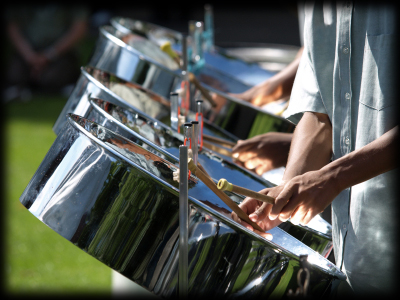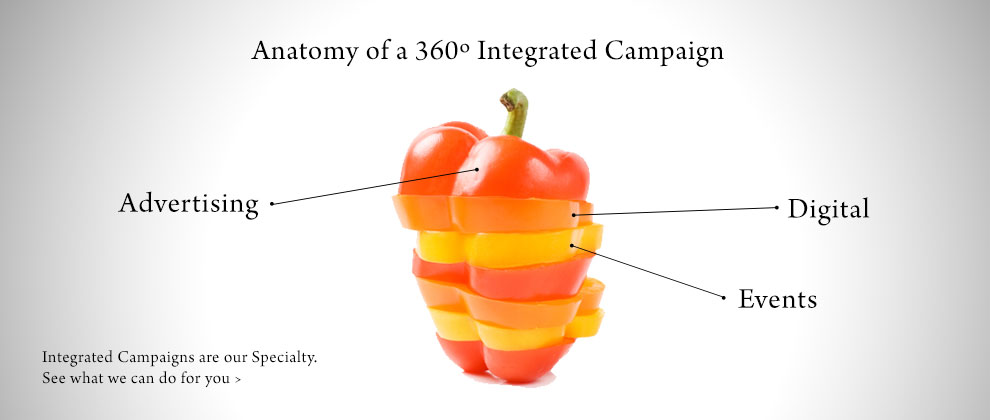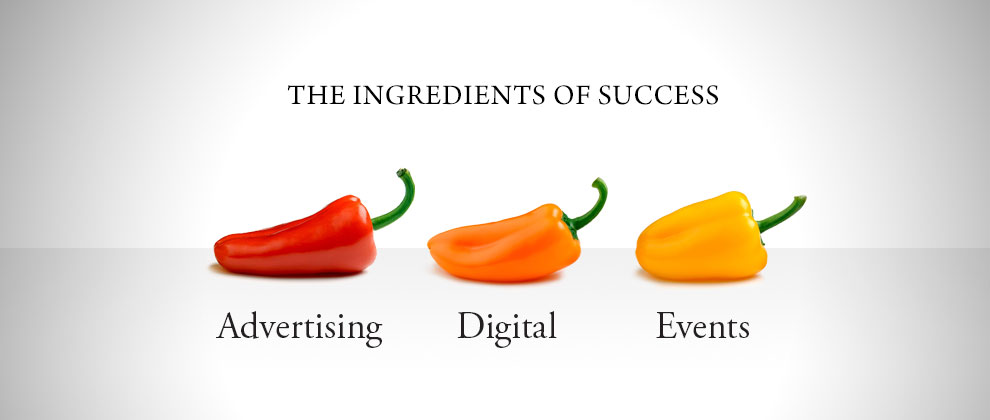Last night was sweet and bitter all at the same time. Standing under the tenor of Michelle Huggins-Watts as she and the rest of the Phase family jazzed their way down Ariapita, I was in a good place. I and the other over 50’s came out in our numbers and we danced.
But Ariapita was deemed off limits for the younger tribe. Or so it seemed. We have hit on a new way to keep young people off the streets and out of an area. Tell them that there is going to be lots of steelband music and apparently you are guaranteed that they will go in the opposite direction or maybe even stay home. The usual Ariapita demographic and pavement pub crew chose not just to abstain but to vote no. Definitely not.
The steel drum and the movement needs another revolution. If it were a Nestle or P&G brand they would be considering options like; just milking it to its grave, revitalizing it, re-launching it with a “new and improved” additive or, if they could find a buyer, selling it. What’s our plan for our steel brand?
I will let Western have the last say. Wey Pan Reach? And where is it going?














26 August, 2012, 1:35 pm
Pan in the beginning, according to Kim Johnson, was universal in its appeal, if not in its performance milieu. Up and down the social ladder and across the racial divide were attracted; Junior Pouchet, Curtis Pierre, John Ernesto Ferreira, et al. The awe of the new was total. Marketing pan, like marketing most things, according to V. S. Naipaul in “The Middle Passage” was absurd: “This is the work of expatriate advertising agents, and Trinidad is grateful and humble.” We were modern: “To be modern is to ignore local products and to use those advertised in American magazines.”
Fast forward to 2012, and you, Dennis, have noted an absence of a generation. Pan Trinbago, via it’s vice-chairman Byron Serrette justifies the existence of a Northern Greens without pan by saying, “Let me assure you that there will be no disturbance to what is taking place on the stage, none whatsoever.” By executive fiat, pan was ignored for a $5M revenue generating “party.” What we have is a continuation of a 50 year old attitude. NCC’s Clarence Moe endorses this also. In the beginning, it was a social phenomenon devoid of corporate interest and focused marketing. It flourished. Pan played what the people wanted to hear. In the modern times, a revert to the milieu of a bygone time is a starting point. Radio has focused our listening interests away from Len Boogsie Sharpe and Ray Holman to Precision Productions and Bunji Garlin. Take up that challenge of transcribing to pan those experiences.
2 September, 2012, 9:09 pm
Nigel, a key part of the solution is legislated local content. The forces are too unbalanced. Local music needs to be protected just like turtles.
We need protected grounds and a ban on hunting (the musical equivalent is heavy rotation of a few plus foreign), dr